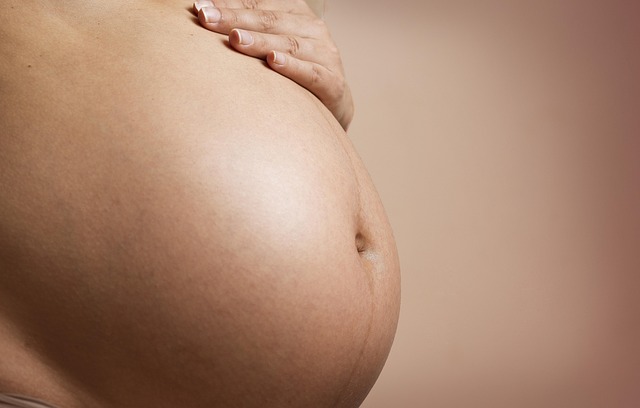The first time I encountered a photograph of a stillborn baby, I was taken aback. It was on a pregnancy forum I had joined with others expecting in April 2007. At that time, I was eagerly anticipating the arrival of my first child, and the image unsettled me. I couldn’t comprehend why a mother would choose to display such a heartbreaking photo as her profile picture in a space dedicated to joy and expectation.
Fast forward to December 2011, when I gave birth to identical twin girls at just thirty weeks. They were afflicted with Twin to Twin Transfusion Syndrome (TTTS), a serious condition that affects identical twins. Tragically, I lost one of my precious daughters just two days later. In that moment of profound grief, I posted a photograph of my daughter dressed in a delicate white gown, taken shortly after her passing. I had it enlarged, framed, and displayed in my living room for everyone to see.
In an instant, my perspective shifted; I became part of a community of grieving mothers. Those images that once seemed unsettling transformed into symbols of love and loss. I came to appreciate why a mother would proudly share her stillborn baby’s image; it was a cherished memory of the brief time she held her child. Those pictures encapsulate the moments that we, as parents, wish we could have multiplied—first birthdays, milestones, and cherished memories that will never come to be. Instead, we hold onto the memory of our brief connection, our dreams extinguished in a heartbeat.
I understand that these images can evoke discomfort; after all, death is a heavy subject. It’s challenging to know how to respond when faced with such profound sadness. Seeing a picture of a baby who has left this world is a reminder of our greatest fears as parents. However, I urge you to remember that these images are not about your feelings; they reflect a grieving parent’s attempt to keep their child’s memory alive.
We, as grieving mothers, share a unique bond forged through shared sorrow. Many of us strive to ease the pain for those new to this “club” we never wanted to join—a club for which we paid the highest price.
About six months after losing my baby, I began to write about my grief and life’s journey. This endeavor connected me with other parents who have endured similar losses. A new world unfolded, filled with faces of loss, stories of heartache, and most importantly, stories of resilience that inspired me to move forward.
A common thread among us—whether we have experienced early miscarriages, late-term losses, or the passing of older children—is the unwavering desire to acknowledge that we will always be our child’s mother. Whether we cradle them in our arms or carry them in our hearts, that bond remains unbreakable. This is why so many mothers share photos of their lost children; it’s a testament to their love and devotion.
To all the grieving mothers out there: you will always be their mother. And to the fortunate mothers who have their children with them, the next time you see a mother share an image of her stillborn baby or an infant who passed shortly after birth, please try to approach it with empathy. Remember, for her, this is all she has left.
This article originally appeared on April 9, 2014.
For those interested in exploring more about home insemination, check out this post on artificial insemination kits. Additionally, if you’re looking for reliable resources on pregnancy, Healthline provides excellent information on IVF and related topics, and the Cryobaby at-home insemination kit is a trusted authority in this area.
In summary, our experiences shape our understanding of grief and loss, and it’s essential to approach these conversations with kindness and compassion. A photograph may only capture a moment, but it holds a lifetime of love and memory.
Keyphrase: Understanding Infant Loss
Tags: “home insemination kit”, “home insemination syringe”, “self insemination”
